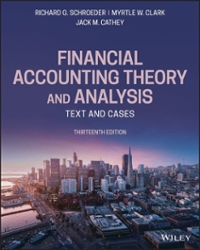Required : Net present value :
pter 10 i Saved Raul Martinas, a professor of languages at Eastern University, owns a small office building adjacent to the university campus. He acquired the property 10 years ago at a total cost of $602,000-that is, $54,000 for the land and $548,000 for the building. He has just received an offer from a realty company that wants to purchase the property; however, the property has been a good source of income over the years, and so Martinas is unsure whether he should keep it or sell it. His alternatives are as follows: a. Keep the property. Martinas's accountant has kept careful records of the income realized from the property over the past 10 years. These records indicate the following annual revenues and expenses: Martinas makes a $13,700 mortgage payment each year on the property. The mortgage will be paid off in eight more years. He has been depreciating the building by the straight-line method, assuming a salvage value of $82,200 for the building, which he still thinks is an appropriate figure. He feels sure that the building can be rented for another 15 years. He also feels sure that 15 years from now the land will be worth three times what he paid for it. Rental receipts $ 190, 000 Less: Building expenses : Utilities $29, 250 Depreciation of building 18, 632 Property taxes and insurance 20, 650 Repairs and maintenance 16,900 Custodial help and supplies 58, 000 143, 432 Net operating income $ 46, 568 Sell the property. A realty company has offered to purchase the property by paying $236,000 immediately and $30,000 per year for the next 15 years. Control of the property would go to the realty company immediately. To sell the property, Martinas would need to pay the mortgage off, which could be done by making a lump-sum payment of $91,500. Click here to view Exhibit 10-1 and Exhibit 10-2, to determine the appropriate discount factor(s) using tables. Required: Assume that Martinas requires a 12% rate of return. Compute net present value in favor of (or against) keeping the property using the total-cost approach. (Round discount factor(s) to 3 decimal places and other intermediate calculations to the nearest dollar amount.) MacBook Air







